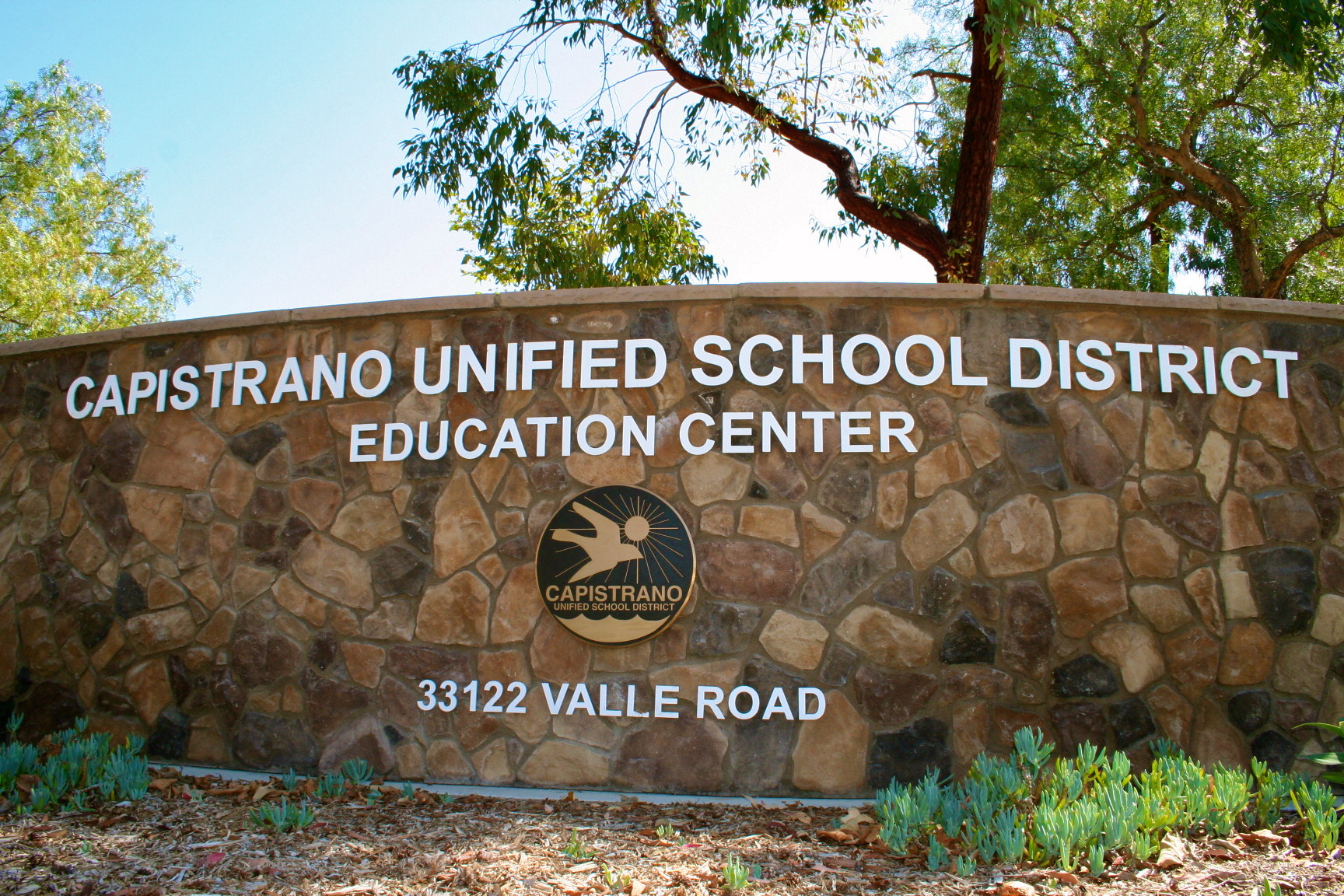
Capistrano Unified School District staff have completed required responses to some of this year’s Orange County Grand Jury reports, including ones that focused on child homelessness and the use of fentanyl.
Of the seven reports the Grand Jury released this summer, three required CUSD to respond to the group’s findings and recommendations. Those are titled: “The ABC’s of Educating Children Experiencing Homelessness in Orange County”; “School Shootings: How Prepared are Orange County Public Schools”; and “Russian Roulette: Fentanyl in Orange County.”
CUSD mostly disagreed with the findings in the reports on homelessness and preparation for school shootings, and agreed with four of the five findings it responded to in the report concerning fentanyl.
Regarding the recommendations, the district said they have largely already been implemented or will be soon.
The production of such responses—none of which are listed on the Grand Jury’s website—follows the CUSD Board of Trustees’ mid-August meeting. During the meeting, when the responses scheduled to be approved, the agenda item was pulled from the consent calendar—bulked topics approved in one vote.
Ryan Burris, district chief communications and public engagement officer for CUSD, explained in an Aug. 17 email why the items were pulled.
“We received word from the Orange County Department of Education late last week that the items did not require board approval in order to submit them to the Grand Jury,” Burris said.
Regardless, the district’s responses are available for public viewing on the Aug. 16 meeting agenda.
CUSD defended itself against the homelessness report’s findings that stated the McKinney-Vento Act, which provides support and benefits to children experiencing homelessness, did not adequately address all children in such situations because of a lack of sufficient collaboration, training, staffing of liaisons and support staff, and dedication to grant writing.
The report also found that students experiencing homelessness were more likely to be chronically absent, perform worse at standardized tests and the subjects of English and math, and graduate at lower rates.
The district’s response stated CUSD didn’t see a significant discrepancy in graduation rates between all students, socioeconomically disadvantaged students, and those experiencing homelessness.
“For the class of 2022, 95.9% of all students graduated (California School Dashboard—Very High),” CUSD responded. “For students socioeconomically disadvantaged, 94.7% of students graduated (California School Dashboard—High). For students experiencing homelessness, 94.3% of students graduated (California School—High).”
It also pointed to the collection of a McKinney-Vento Assistance Act Declaration Form for all district students each year, comprehensive training for the District Homeless Liaison, further training for teachers and other staff, and efforts to provide proper transportation for students to evidence its refutation of the Grand Jury’s findings.
Additionally, CUSD referenced the preparation of a “Plan to Address Attendance and Academic Achievement for Students Experiencing Homelessness” that would further aim to boost results.
In the report on campus shootings, the Grand Jury found that not all districts specifically addressed armed assailants in their emergency drills. It also found that safety plans for after-school programs and monitoring visitors were lacking, while surveillance systems needed updating, and that administrative officers were often unlocked.
The district agreed that certain campuses needed maintenance or upgrades to their surveillance systems, but pointed out funding constraints that may obstruct progress. It also mentioned efforts to integrate district cameras with local law enforcement software.
“Currently, in the early stages of development, this integration will facilitate real-time access to campus views for responding law enforcement personnel during an active shooter situation,” CUSD said in its response.
Overall, CUSD’s response spoke to its collaboration with the Orange County Sheriff’s Department, the use of School Resource Officers (SROs), several trainings and programs to help recognize legitimate threats and simulate scenarios, and efforts to promote wellness and students’ understanding of their own mental health.
Regarding the fentanyl report, the Grand Jury said the illegal substance was a pervasive Orange County issue and that education, prevention and treatment would be critical in reducing demand.
CUSD only disagreed with the finding that not all districts participated in available educational drug programs, citing that it has “bolstered” existing programs and adding that all schools have the overdose-reversing medication Naloxone.
“Key staff members at each campus have received training in administering this medication in the event of an overdose incident,” CUSD. “This proactive approach aims to prioritize the safety and well-being of all students and staff and addresses potential drug-related emergencies effectively.”
CUSD’s full responses to the Grand Jury reports are available at capousd.org.
